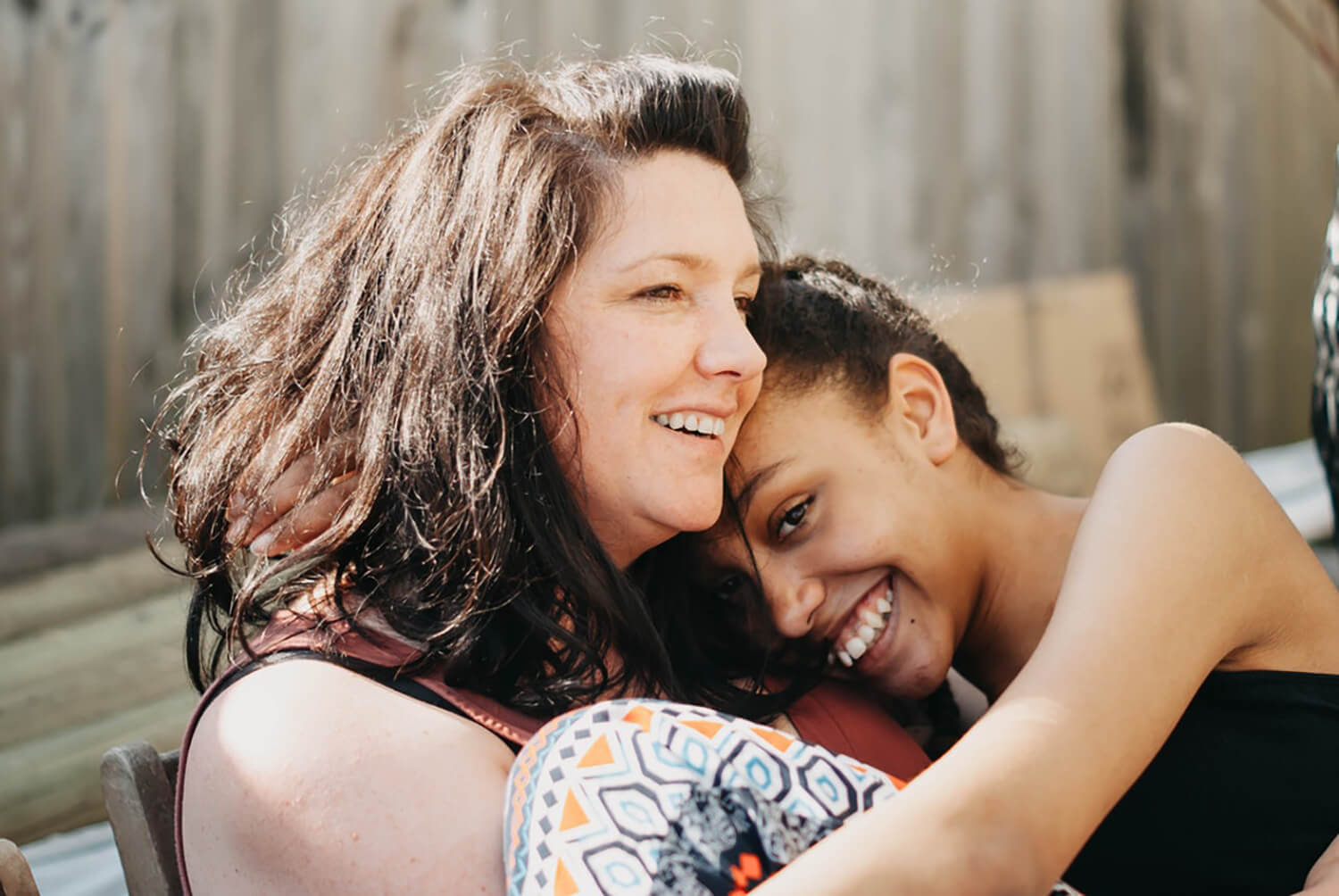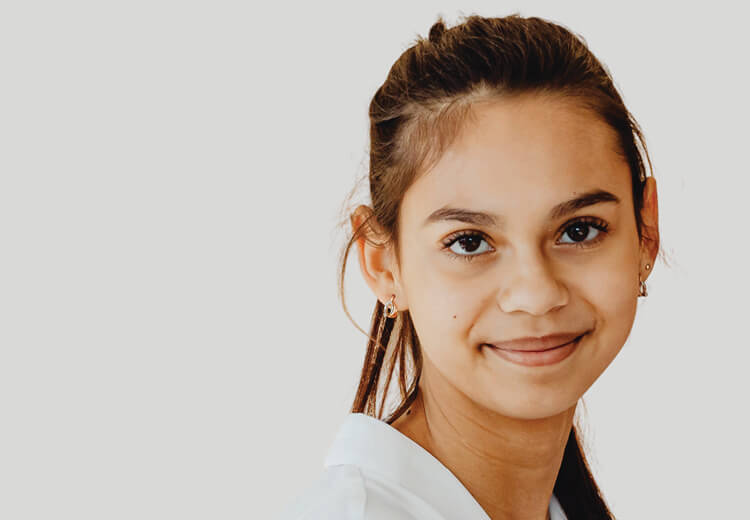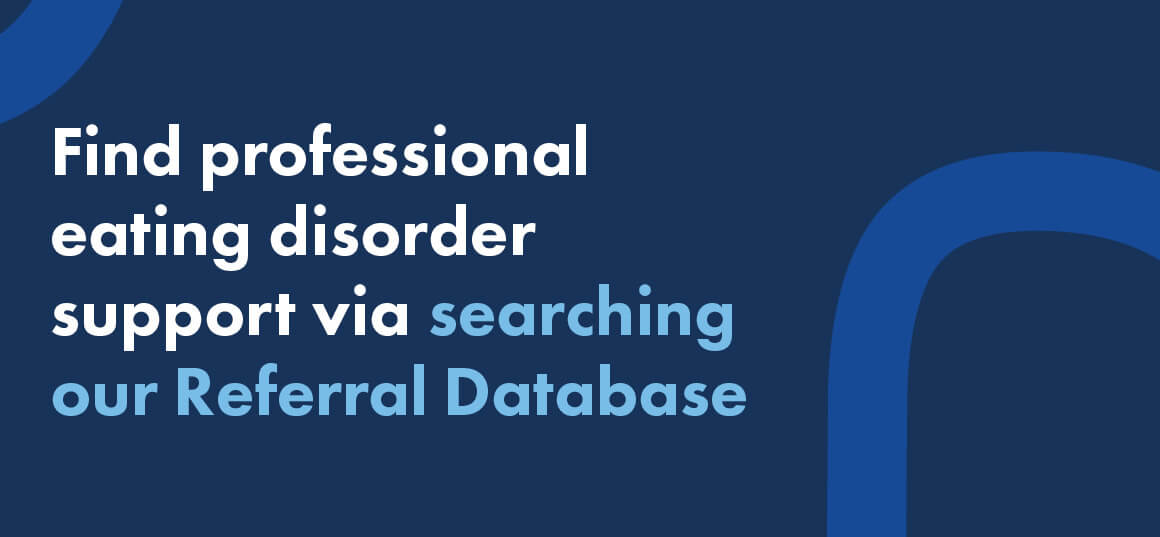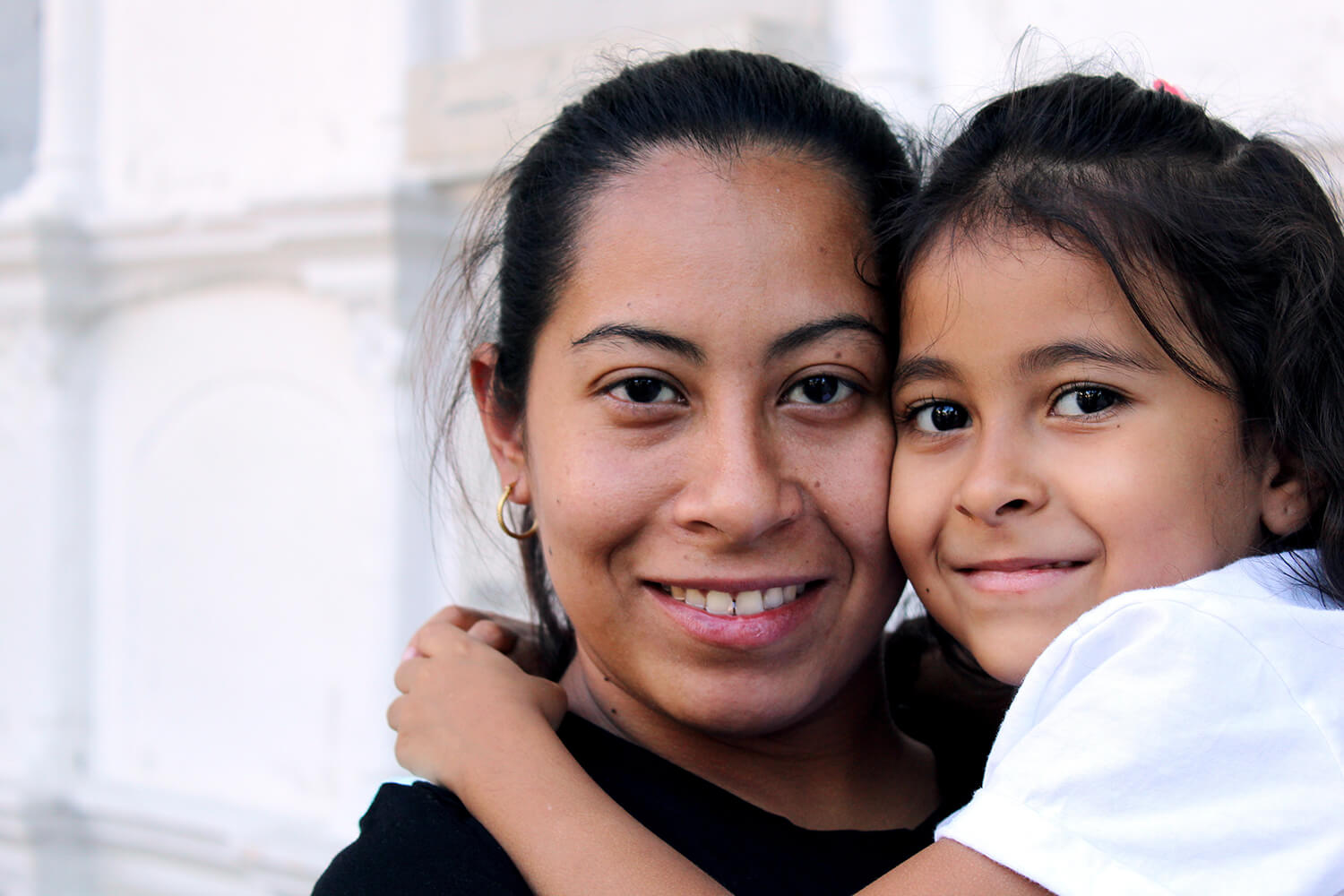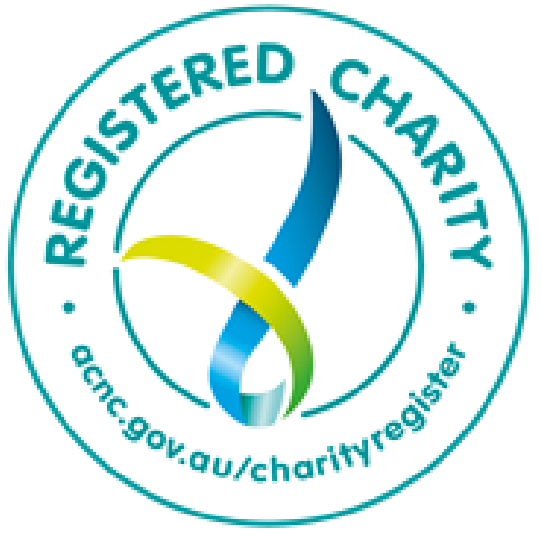KIT the Chatbot’s First Year of Life: Happy Birthday KIT!
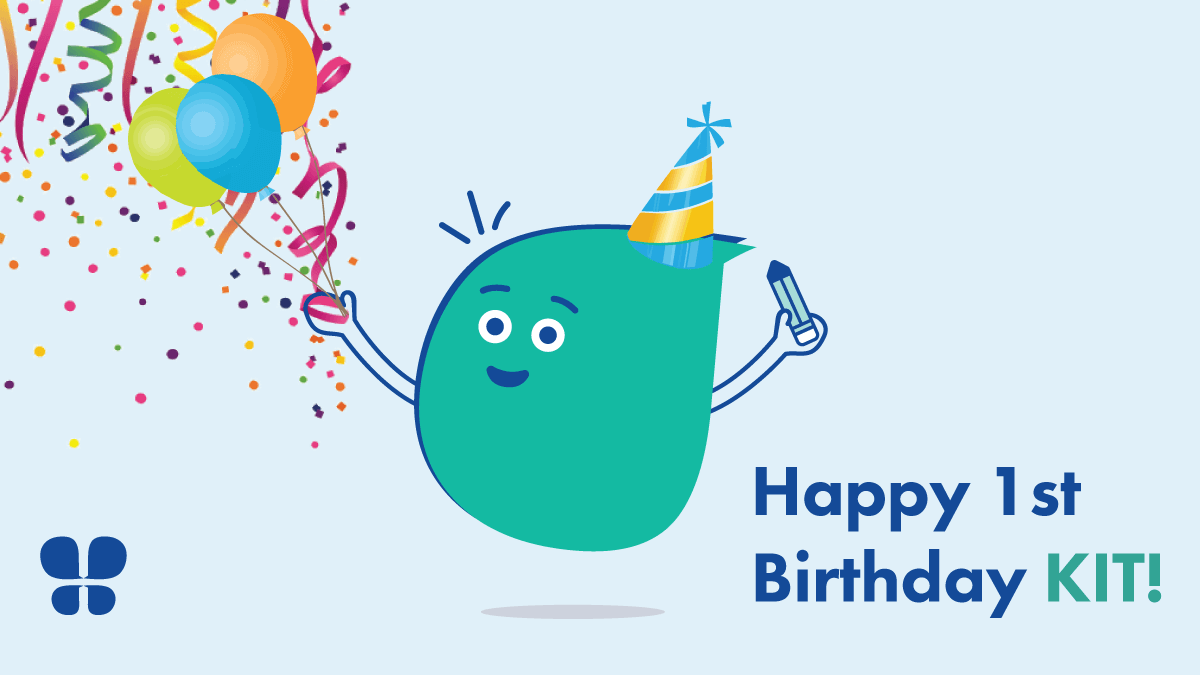
NHMRC Early Career Senior Research Fellow and Clinical Psychologist, Monash University
Although KIT is only a year old, the idea of KIT is much older.
Back in 2018, I was discussing how to navigate social media with my clients in therapy sessions. We talked about skills like self-compassion and would routinely practice in session.
I thought I was doing a great job with my skill training, but one client was kind enough to tell me what time on social media was really like for her. She said, “Gemma, these skills are useful and all, but when I’m looking at all the ‘perfect’ bodies on social media and feeling bad about my own, I don’t think about our discussions”.
It was then I knew that we needed a “voice” of positive body image on social media that was evidence-based and freely available 24/7.
A conversational artificial intelligence (AI) agent or “chatbot” seemed like a very logical solution to this need. However, a few years ago, chatbots in the field of mental health were very uncommon despite being routinely used in the commercial sector.
Clinicians and researchers in mental health were understandably cautious about chatbots. Could a chatbot really do the job of a doctor or psychologist? The answer is, of course not.
In my opinion, there is something truly special about a human to human connection in a therapeutic space that cannot be replicated by a machine or computer program. However, chatbots and AI technology can be a very useful supplement to in-person support and we have and will continue to see growth in this area in mental health.
The development of KIT was the largest and most complicated project I have led in my research career to date. It was a wonderful team effort starting in 2019 between the research and clinical team at Monash and Swinburne Universities, AI tech company Pattr, graphic designers Yoke, and, of course, the Butterfly Foundation.
While all team members brought their own special expertise to the project, KIT owes their voice to the wonderful people with lived experience who were part of our co-design process. KIT is by you and for you!
KIT was “born” on a sunny day on the 18th November 2020. I’m so proud that were able to launch KIT during this COVID-19 pandemic when so many people have been struggling with their relationships with their bodies and food.
KIT was there to provide support in the form of educational information as well as evidence-based coping skills. KIT speaks to people seeking help for themselves as well as support for a loved one, and lives on Butterfly’s website and in Facebook Messenger.
In the first year of life, KIT has spoken with 20,000 people (not including people who have come back for subsequent conversations) and sent and received over 111,000 messages. Now that’s a lot of chatting! With KIT being a world-first body image chatbot, we were not sure what to expect in terms of usage, but these numbers have exceeded all of our expectations.
Most people want to chat with KIT about coping skills of which KIT teaches 19 in total! Of these, managing unhelpful thoughts is the most popular which is exactly what my clients were telling me they needed help with back in 2018.
So what’s next for KIT? Well, to everyone who had chatted with KIT and completed our feedback surveys, we say thank you and we have listened.
We are transforming all of your favourite parts about chatting with KIT and making them into an even more interactive conversational experience using more advanced AI.
We cannot wait to bring you KIT version 2.0 in 2022! Watch this space!





